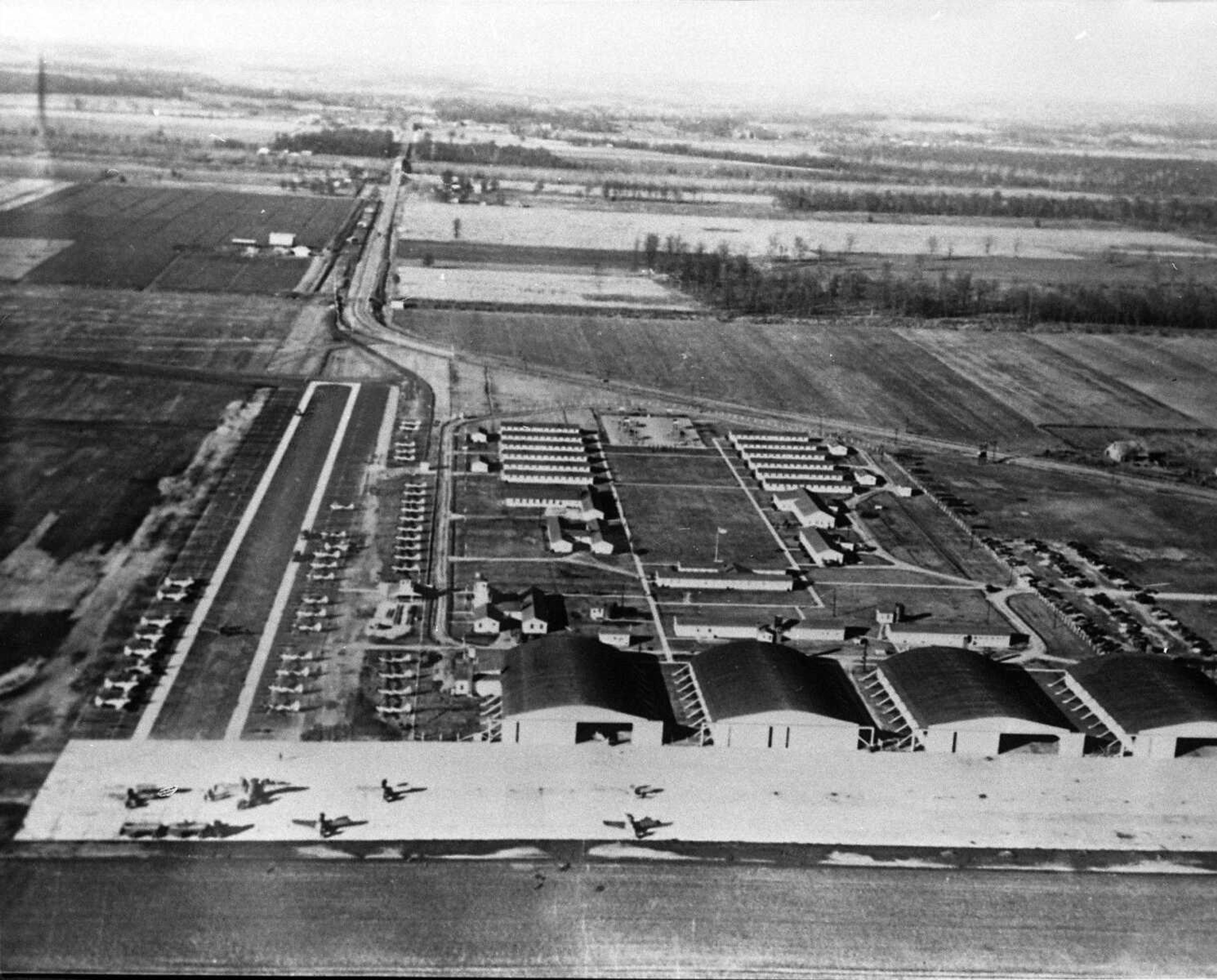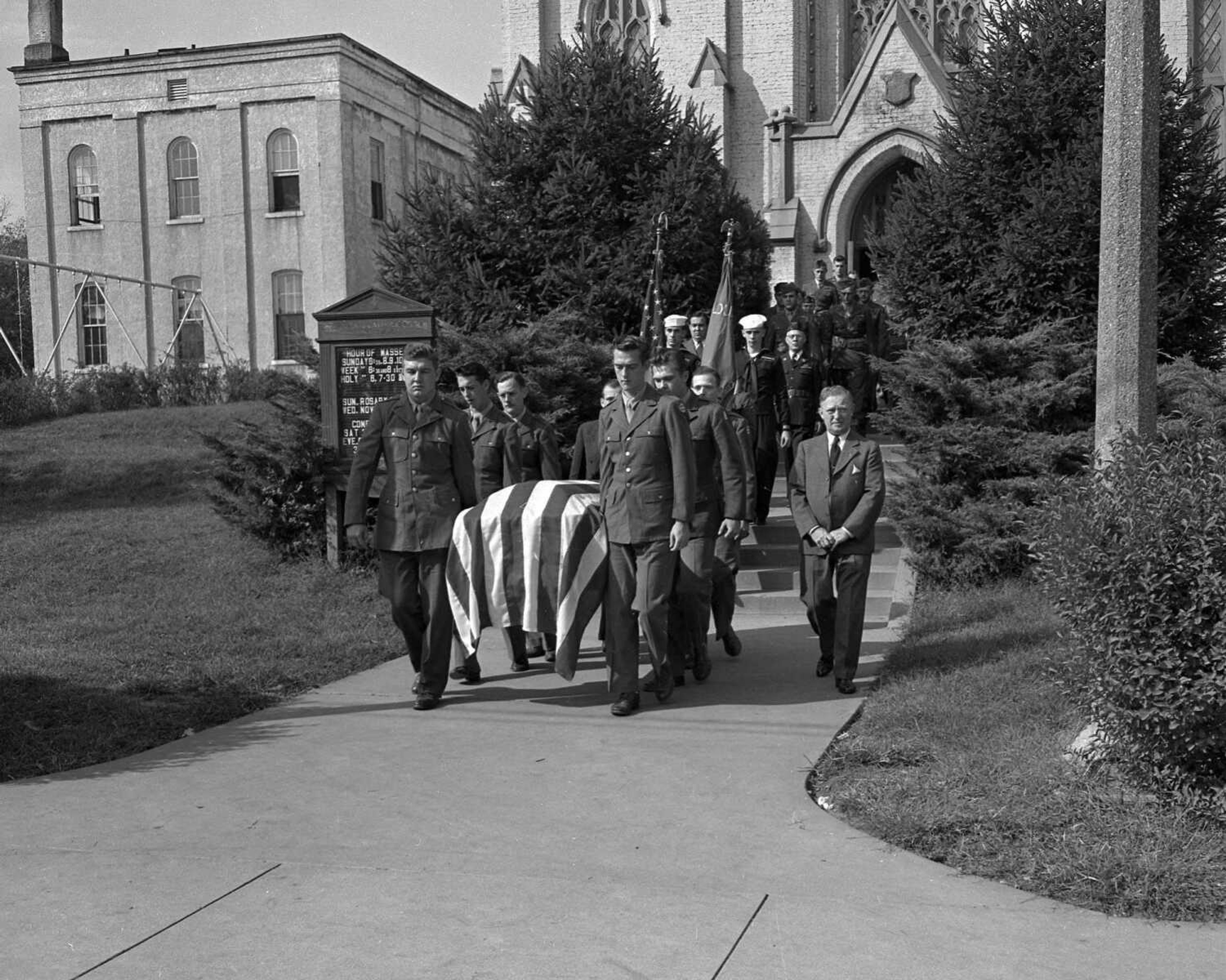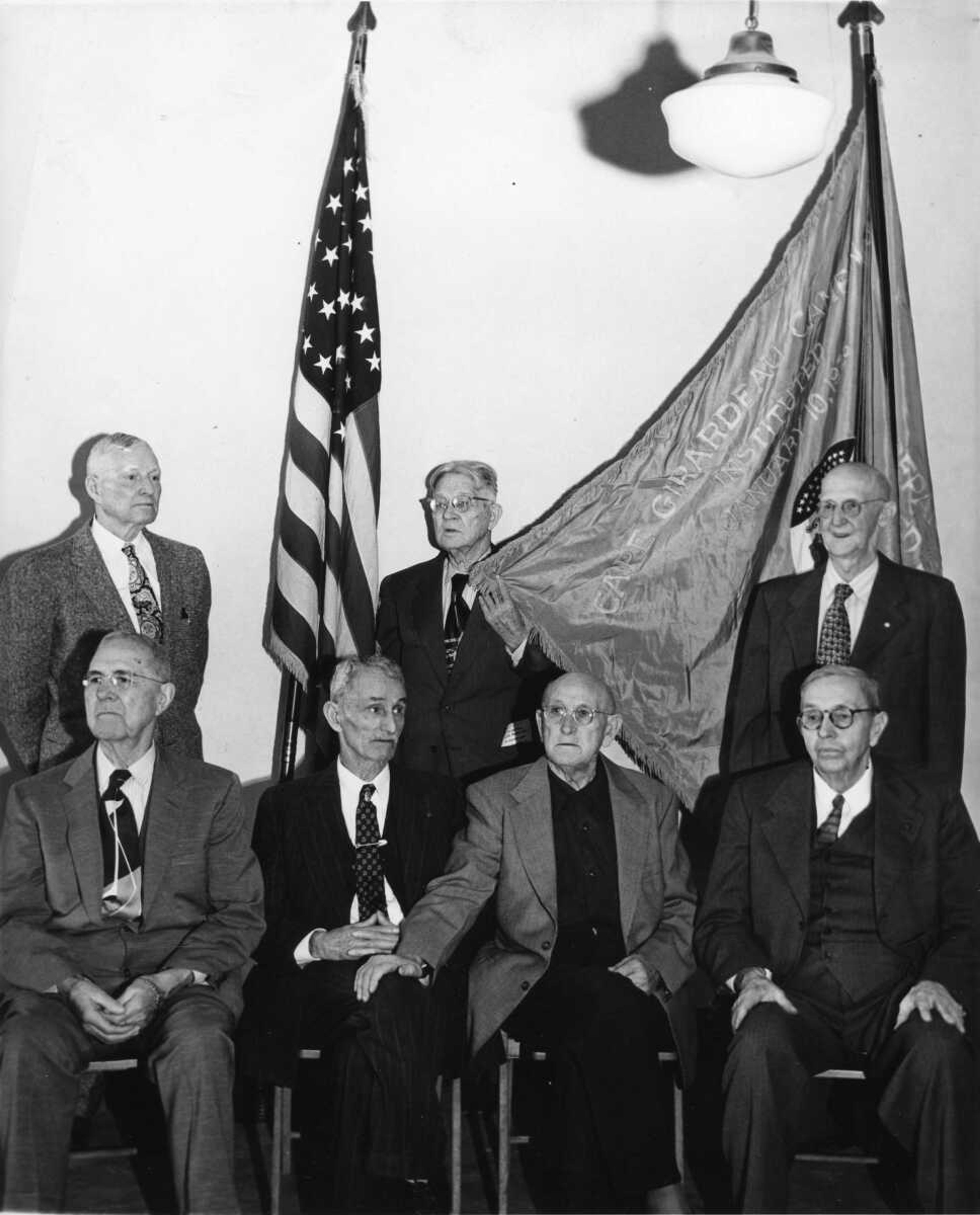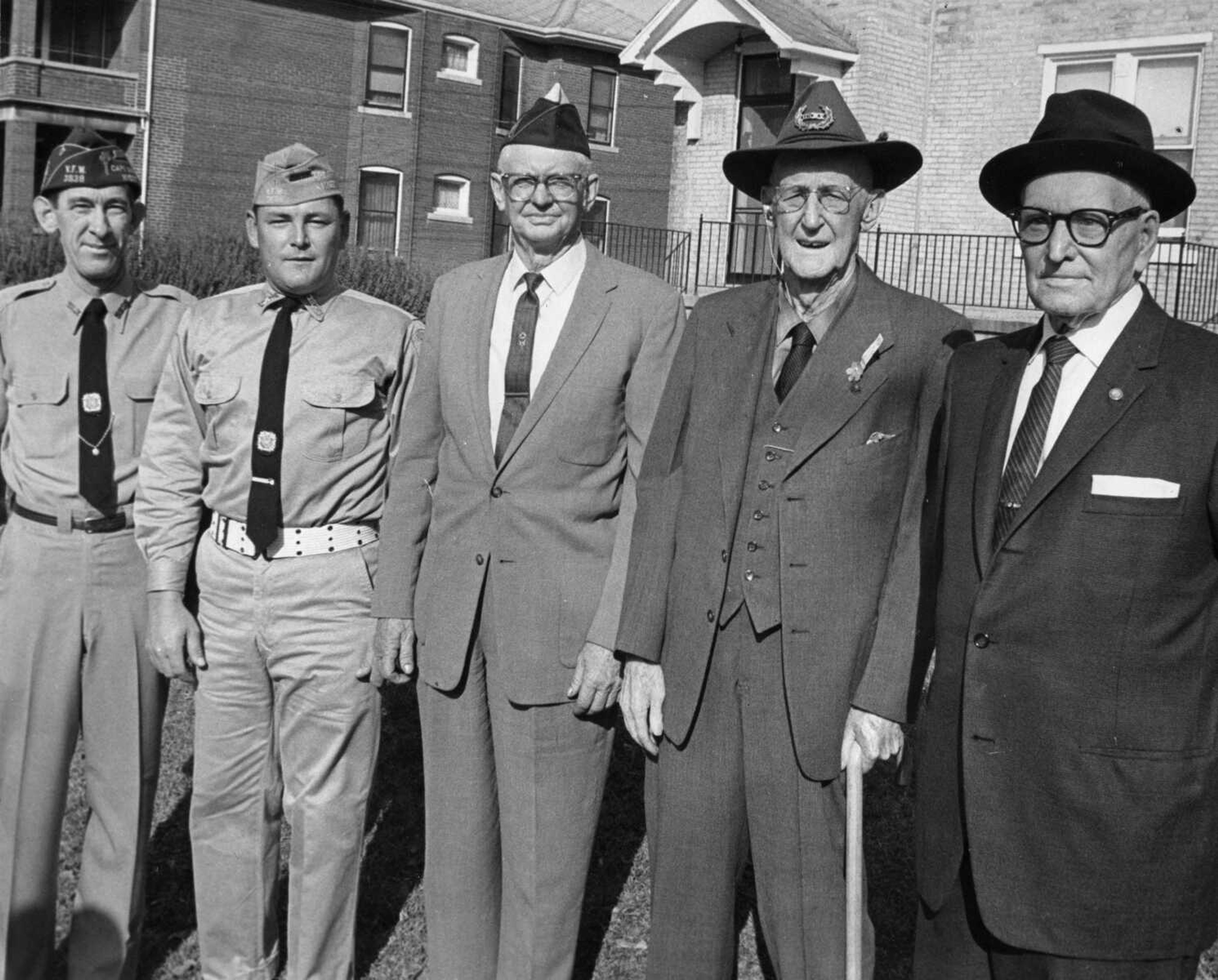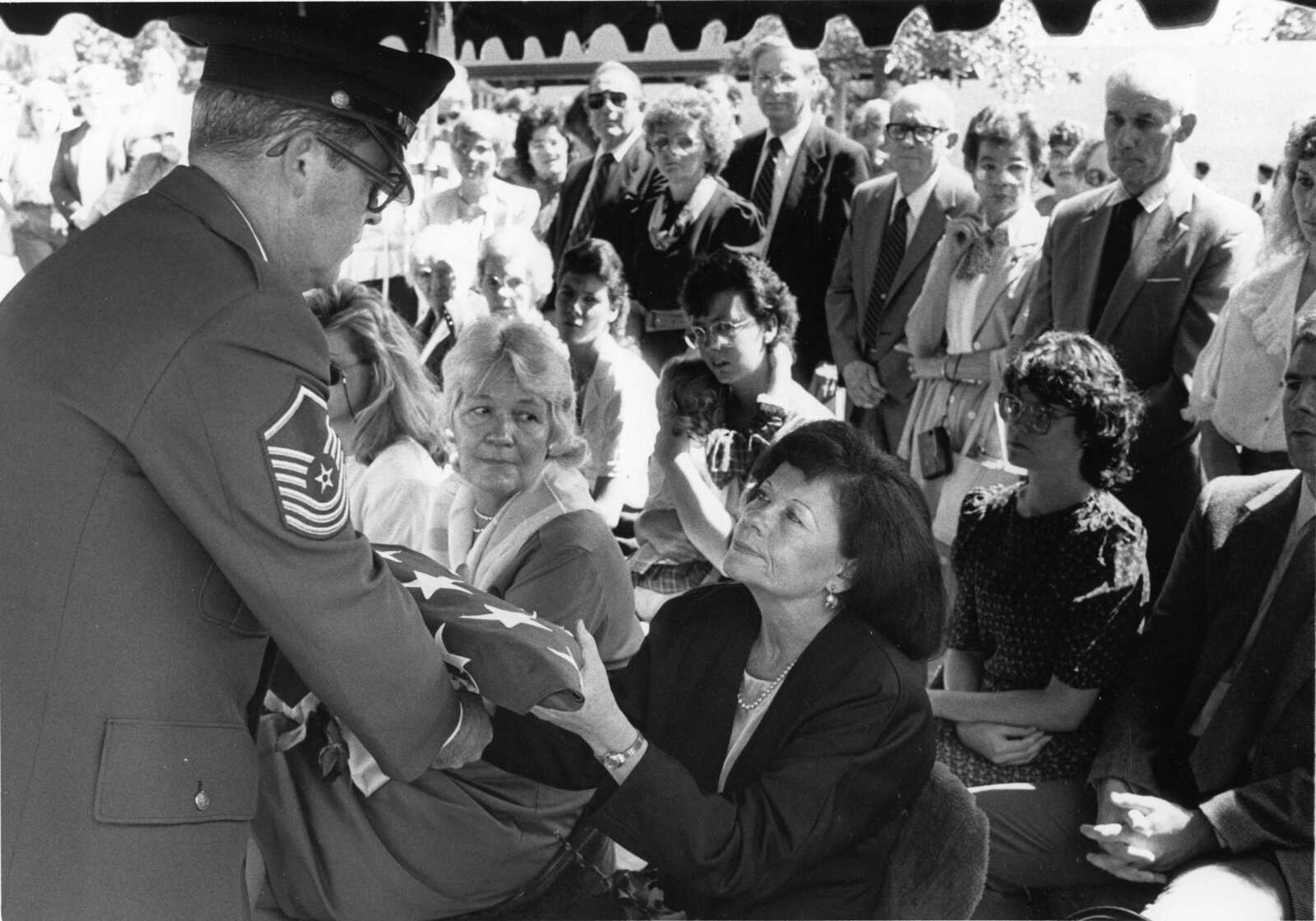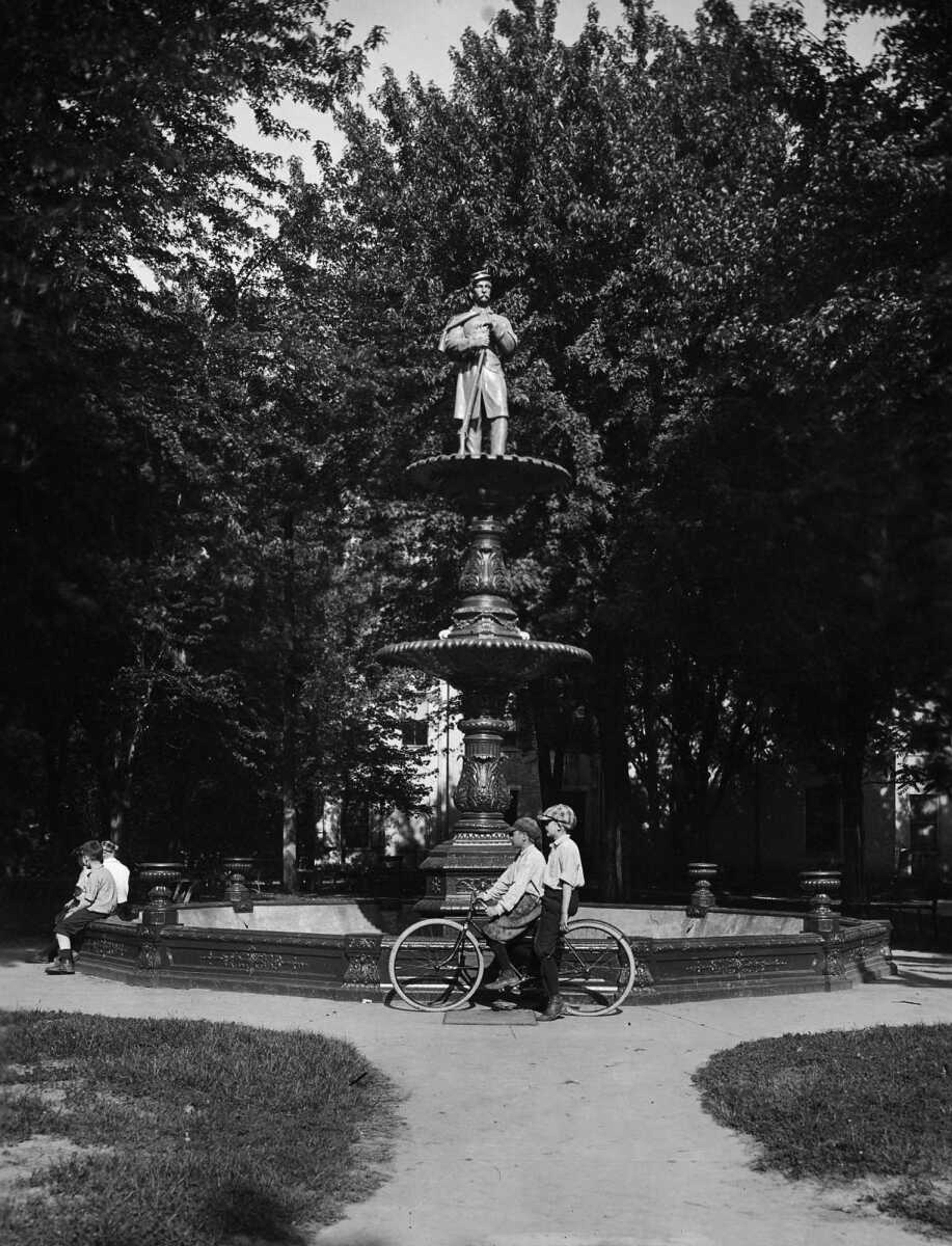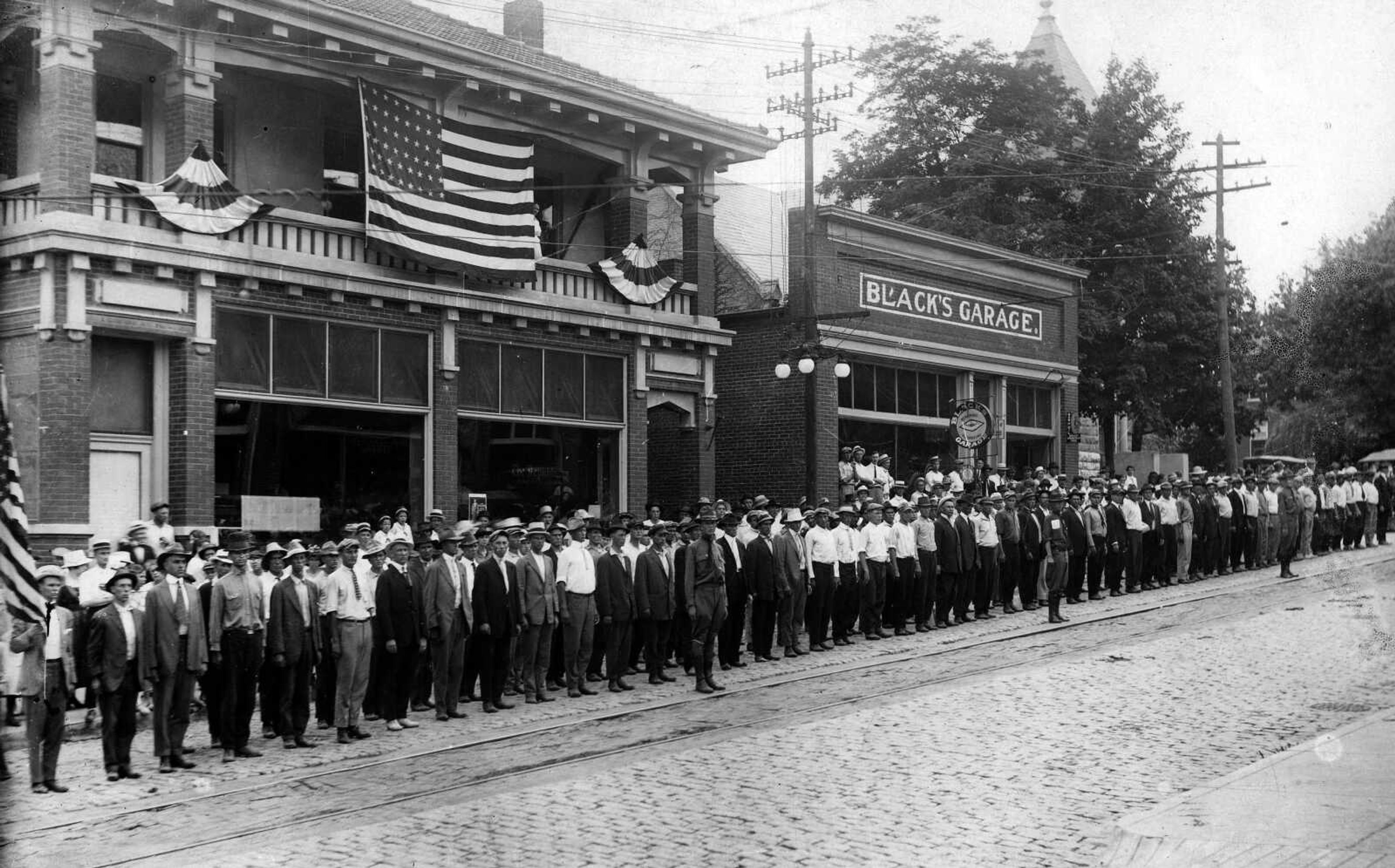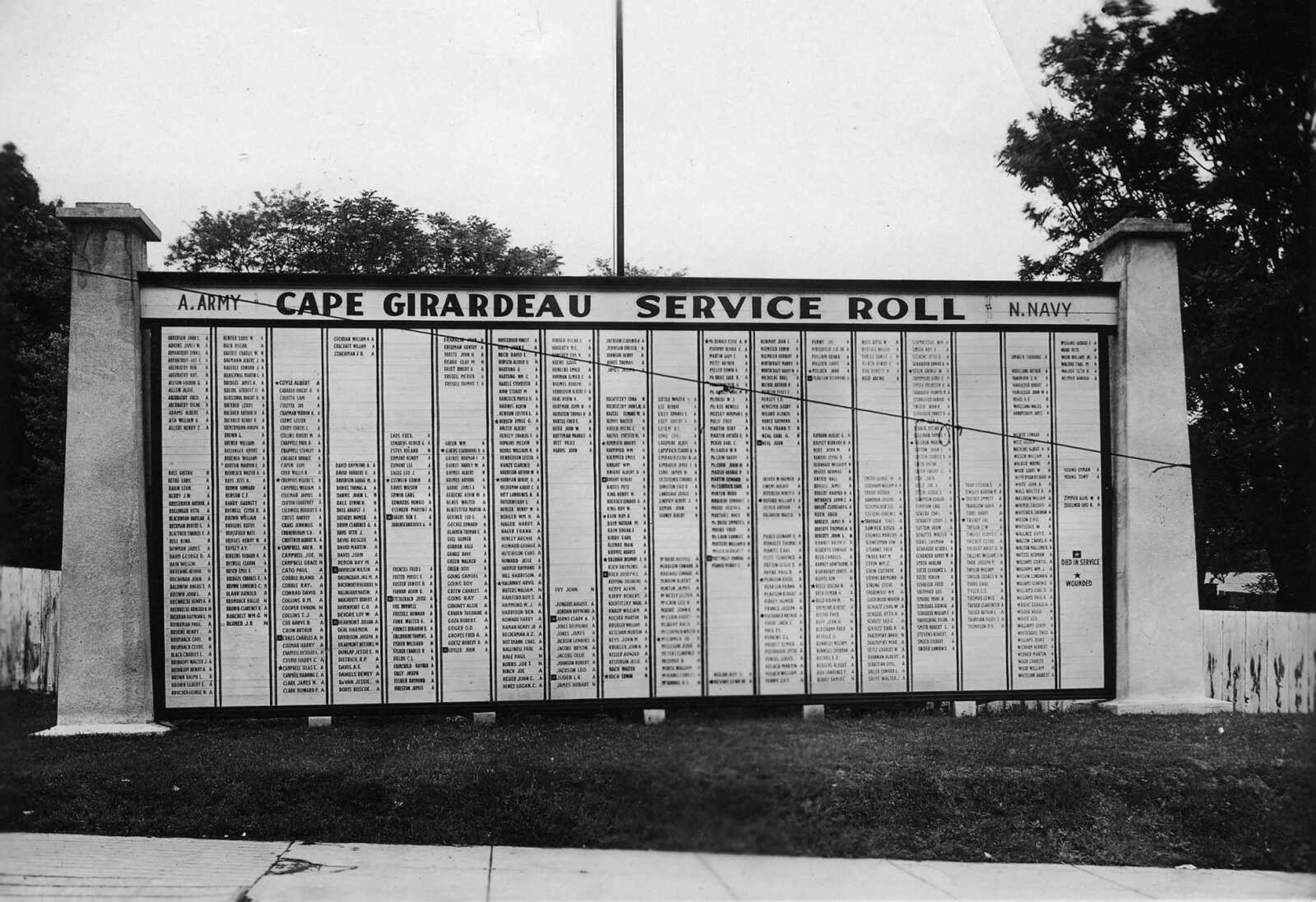NewsMay 27, 2011
Memorial Day historical gallery
Memorial Day was originally called Decoration Day. The holiday grew out of the tradition of decorating the graves of the Civil War dead. In Cape Girardeau, early observances included musical programs and patriotic speeches conducted in the shade of the Courthouse Park. Those in attendance would then parade to Old Lorimier Cemetery, where veterans' graves would be cleaned and decorated with flowers and flags.
Southeast Missourian archive
Receive Daily Headlines FREESign up today!
Memorial Day was originally called Decoration Day. The holiday grew out of the tradition of decorating the graves of the Civil War dead. In Cape Girardeau, early observances included musical programs and patriotic speeches conducted in the shade of the Courthouse Park. Those in attendance would then parade to Old Lorimier Cemetery, where veterans' graves would be cleaned and decorated with flowers and flags.
Story Tags
Connect with the Southeast Missourian Newsroom:
For corrections to this story or other insights for the editor, click here. To submit a letter to the editor, click here. To learn about the Southeast Missourian’s AI Policy, click here.
Related
NewsNov. 6
Advertisement
Receive Daily Headlines FREESign up today!


